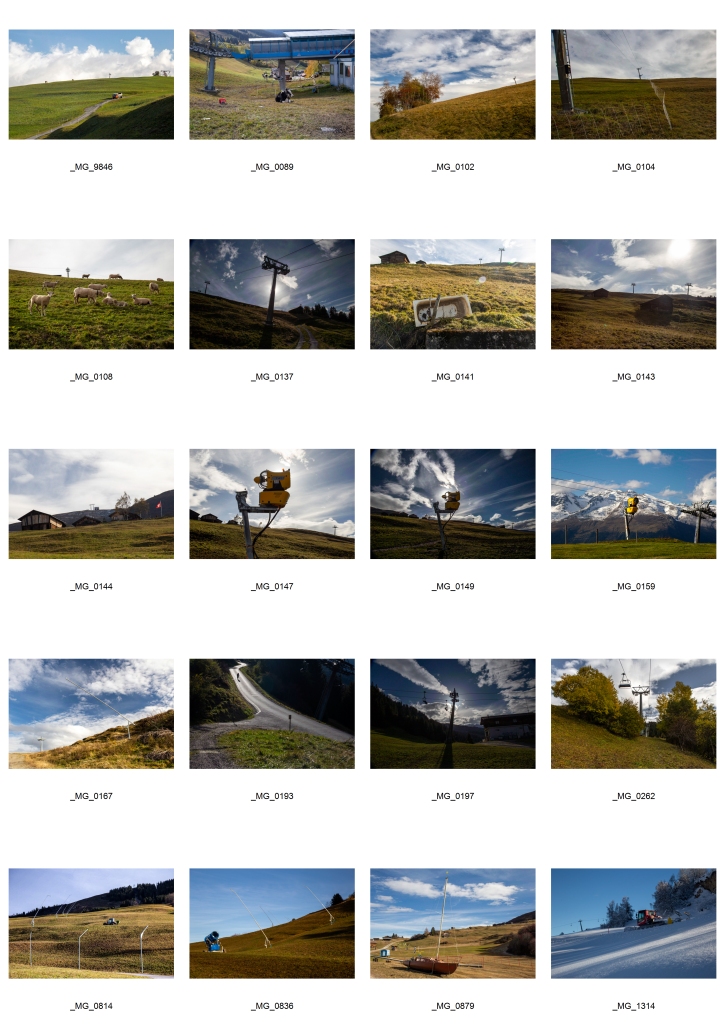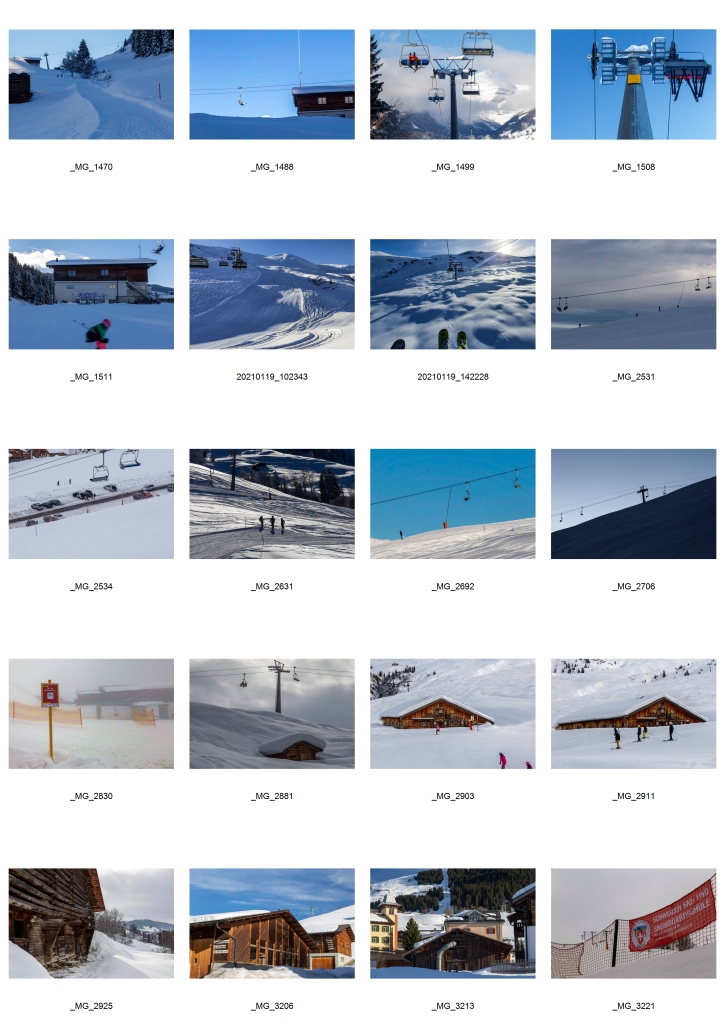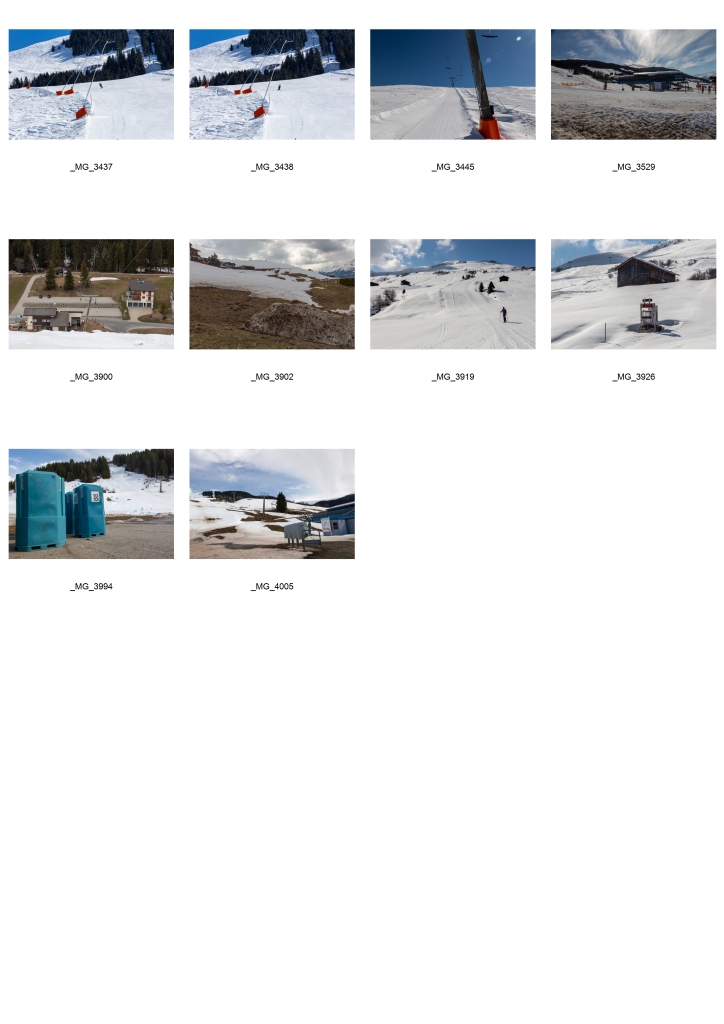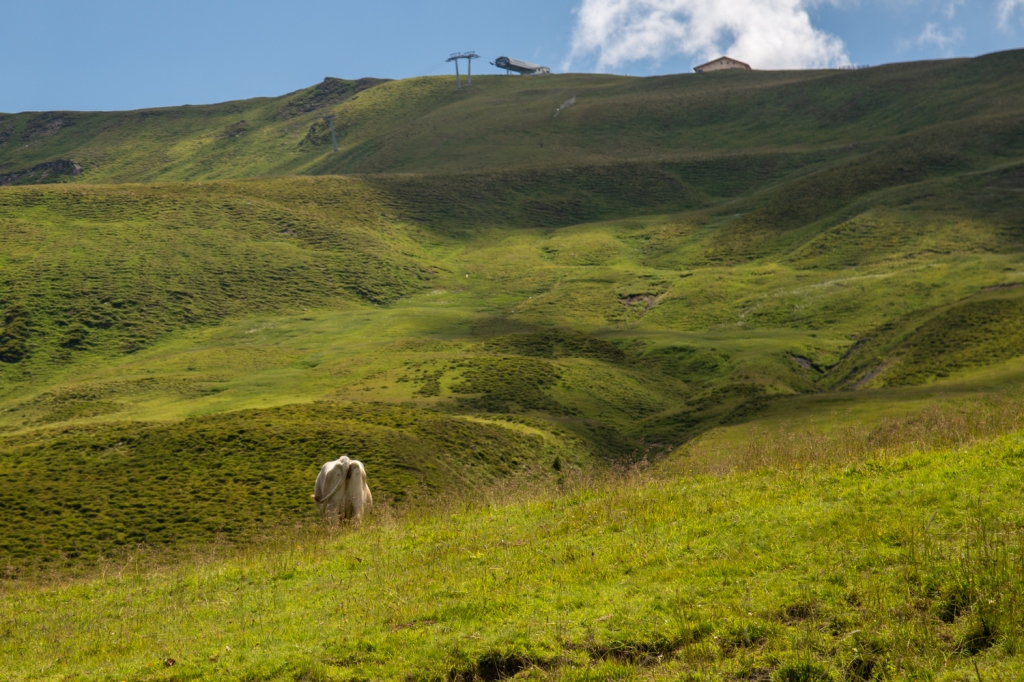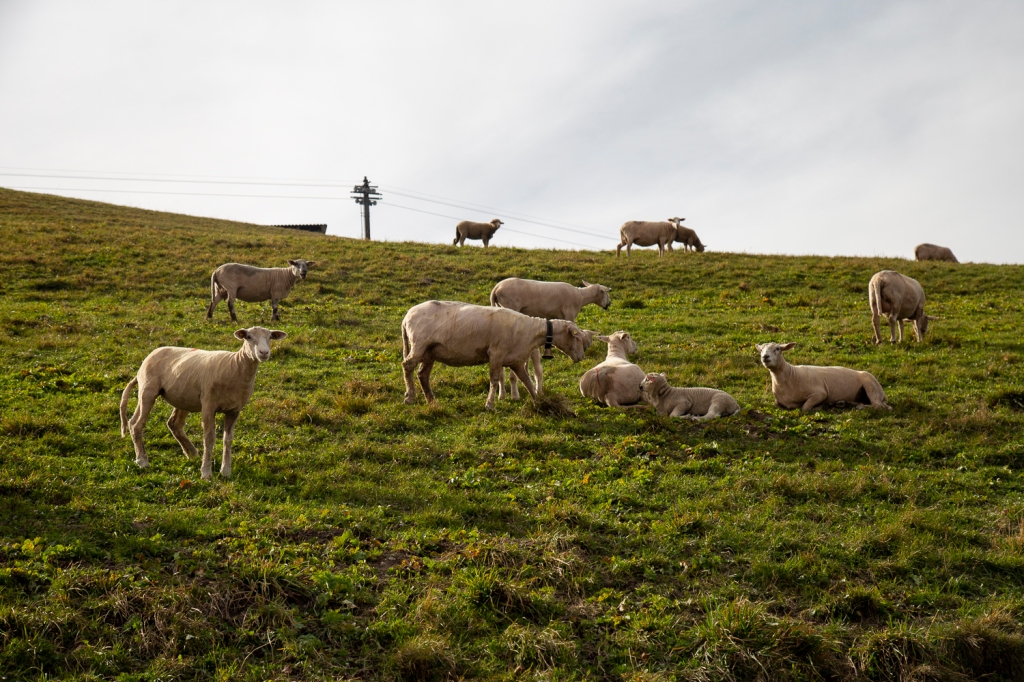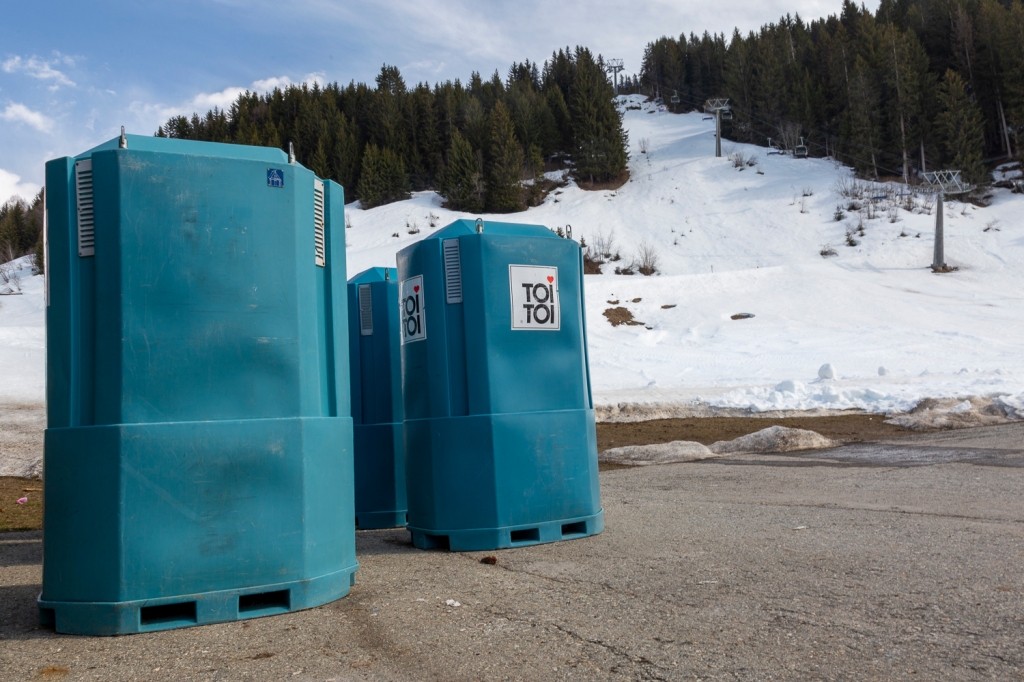The brief
Produce a series of images that responds to the idea of ‘transitions’ within the landscape.
Assignment 6 Transitions
Work on this assignment throughout the course. Record the changes that a part of the
landscape undergoes over an extended period of time. You may want to revisit a very
specific view or you may choose to explore a particular part of the landscape more
intuitively.
You may wish to photograph at very specific intervals (monthly, weekly, or even daily)
or your routine may develop by other means. The quantity of work that you submit will depend on your particular strategy.
When completed, the assignment should address the notion that the landscape is an
evolving, dynamic system. You may wish to confirm, question or subvert this assertion.
Your assignment should be accompanied with a reflective commentary (minimum 300
words) on how your project developed and how or whether it has affected your ideas
around landscape.
Introduction
In this blog I address the brief. I provide background to the project, including related work, my approach and results. I discuss my results using the OCA assessment criterial and summarise my key learnings.
Related links:
- Initial version for feedback
- Work in progress (3)
- Work in progress (2)
- Exercise 1.5: Visualising Assignment Six: Transitions
- Research
- Initial Submission
- Tutor Feedback
Based on my tutors feedback I have adapted my submission: primarily selecting more coherent images and using a simpler presentation format.
Why the twin topics of farming and tourism?
I spend a lot of my time in a small village in the Swiss alps, where I enjoy such activities as skiing, walking and biking, or simply relaxing. Having come here for more than a decade, I have got to know more about the village and how the lives of the locals, who are mainly farmers, is determined by the time of year. Spring brings the animals out of the barns and the low-lying fields are fertilized with manure; summer is the main season where the animals go further up the mountains onto the high pastures and close to the village there are at least two cuts of hay; in autumn there is the gradual preparation for winter and the animals come once more down to lower grazing areas; winter with snow means that there is very little visible farming activity, barns and the animals within being the main focus.
Alongside the rural life there is an increasing opportunity for tourism, which is an important source of income to the village and provides a number of jobs. It has its own cycle, with its main period of activity in winter with a variety of snow sports, but also to a lesser degree summer with biking, walking and families on holiday.
These two worlds and their connectivity fascinate me and I thought it would be interesting to try to capture the transitions of the farming world and the ever-increasing impact of tourism.
Approach
For this work I took a variety of shots on a standard walk that I take on a semi-regular basis over a year. Covid-19 and travel restrictions meant that there were gaps in the year, but I don’t think they impacted too much. In parallel with this I did some research (see here ). Very early on I decided on having the chair lift as a omnipresent unifying element in each of the images-
From the ca. 1500 photographs that I took I selected a short-list of ca. 200 candidates and classified them (e.g. by season, farming/tourist). For the 200 I cropped and adjusted contrast and brightness in Lightroom, then printed the top 80 in small format. I used composition and subject matter as primary criteria. I then used these prints to look for pairs of images that display similar/related aspects of the landscape. Looking at these pairs I checked that they covered the farming year and whittled these down to ca. sixteen pairs. I added some decorative elements (see below) and at a Region Europe Crit session asked for feedback . Based on this feedback I adapted my presentation to remove decorative elements and removed some of the weaker shots since I felt the feedback on these were fair comments.

For the final presentation format I wanted to incorporate the use the idea of a wave to illustrate the periodicity I saw in the farming and tourist life. I tried a number of approaches to do this (see below):
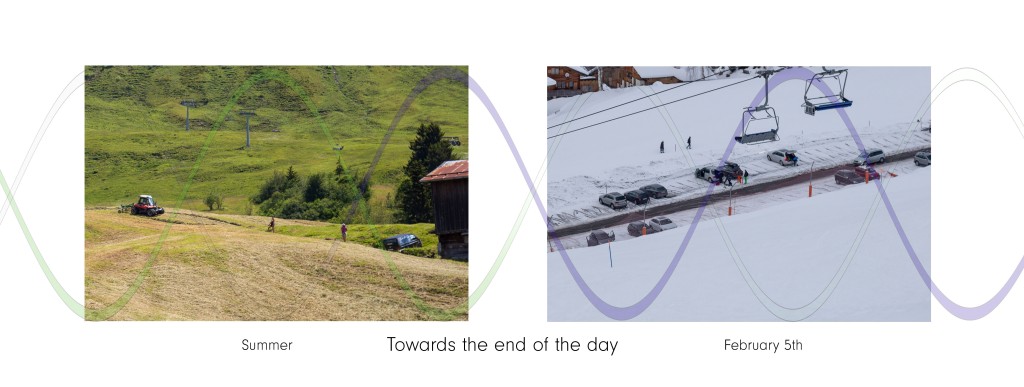
Use of curves crossing paired images 
Mobius Strip 
Paired images forming a curve
In the first version I used two curves representing agriculture and tourism to go across the paired images. In feedback there were mixed feelings on this with a complaint that it was too distracting.
My second attempt was based on a Möbius strip. Here my idea was to show the (never ending) yearly cycle and the two aspects at the same time. I mocked this up and found there were a number of practical problems. The images in part of the strip would appear upside down and it was difficult to keep the twist in the right place on the strip. These issues were perhaps soluble but I was not convinced that the basic idea was sound.
I finally settled on the the third presentation format – I took an Occam’s Razor approach and used the simplest option, and this seemed also the most aesthetically pleasing.
Research
During the course of this assignment I investigated a number of photographers and research articles. This can be found here. As recorded in the blog a number of influences flowed directly (and indirectly?) into this work.
Results
Image candidates
(click to expand)
Individual images
(Click to expand)
Artist statement
To everything there is a season
The work shows the changing relationships between agriculture and tourism in a small Swiss village in the Alps, over the course of a year. The year is driven by the farming community but there is a strong and ever-increasing dependence on tourism, particular during the winter season. There is a rhythm to the year, with both busy and quieter periods, albeit at different times for the worker and the tourist. Within the year repeating activities, such as hay-making, add to the idea of circular time. Within the two intertwined worlds of agriculture and tourism we can often see surprising connections and similarities. A common thread that weaves though the different environments is the omnipresent ski lift.
Artist statement
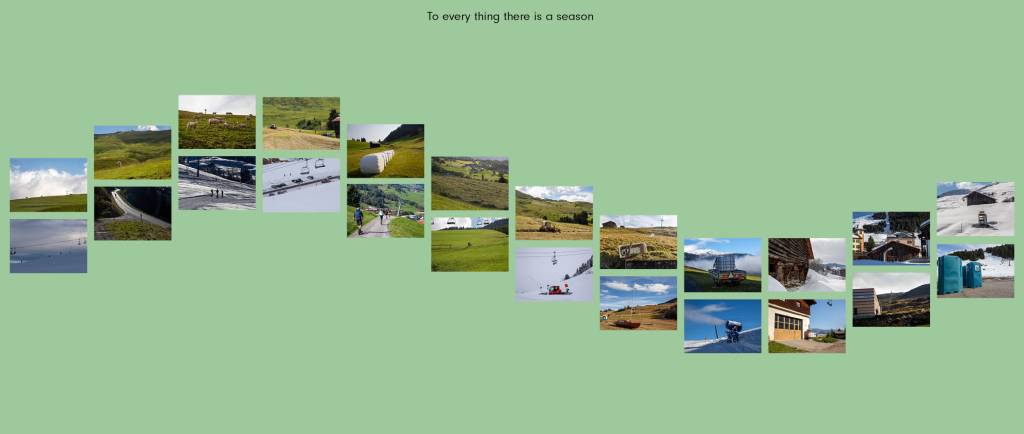
Discussion
I found this assignment tricky, particularly the choice of the most powerful but coherent set of images, and aligning this with the right presentation format. I think I have a reasonable final set but I am left wondering whether there might have been more potential that I have not realised? With the presentation format, finding the right balance between a format that adds to the selected images but does not dominate them nor seem contrived is difficult. Again I think I have found a solution that is adequate but not inspiring.
Strengths and weaknesses
I think the strength of the work is:
- The individual images capture the two strands
- The pairing amplifies the interest of the images, allowing the viewer to compare the two images
Weaknesses are:
- I feel that the images are rather quiet; although this is a fair reflection of the rhythms of the farming community, they perhaps fail to capture the excitement that many of the visitors come for.
- The linkage between the two worlds is perhaps not as strong as it could be.
How the work might be further developed
I feel there is potential in combining the image pairs in a digital manner e.g. by fading from one to another; this could allow a more sophisticated (though not necessarily better) way of showing the dependences and similarities between the farming and tourist worlds.
Reflection
Using the OCA assessment criteria I discuss and judged my work against the four criteria:
Demonstration of technical and Visual Skills: Materials, techniques, observational skills, visual awareness, design and compositional skills
Quality of Outcome: Content, application of knowledge, presentation of work in a coherent manner, with discernment. Conceptualisation of thoughts, communication of
ideas.Demonstration of Creativity: Imagination, experimentation, invention, Development of a personal voice
Context: Reflection, research (evidenced in learning logs). Critical thinking (evidenced
OCA assessment criteria
in critical review).
I try to use the descriptions given in the grid and base my assessment on previous modules and grading and try to justify this.
Demonstration of technical and Visual Skills
I believe the series show competent technical and visual skills. In terms of composition I think they are reasonable and based on good observations.
Quality of Outcome
Competent realisation of ideas, presented well, showing consistency in judgement. Effective grasp of ideas and communication of visual ideas. The final results I think are reasonable (but not remarkable), reflecting the goals that I set
Demonstration of Creativity
Good synthesis of analytical and creative thinking. Some evidence of creativity, little
evidence of risk-taking, with a few imaginative outcomes. Some evidence of a developing personal voice.
In terms of creativity I feel the work is adequate. The paired images and curved final format are reasonable but not pushing any boundaries. I could possibly have tried more experimental display formats.
Context
Articulate and self aware, good range of research. Demonstrates a developing intellectual understanding and criticality. I believe my research has been extensive and I feel my approach to the analysis is decent.
What did I learn
This assignment was very interesting; it was a like a long journey, one can make plans at the beginning but must be prepared for changes and often it is better to travel hopefully rather than to arrive.



